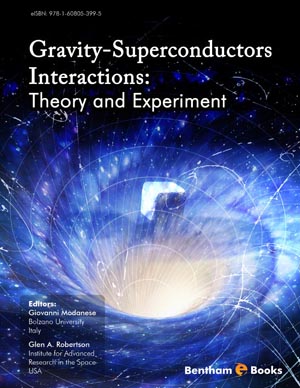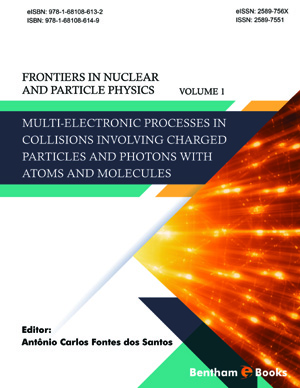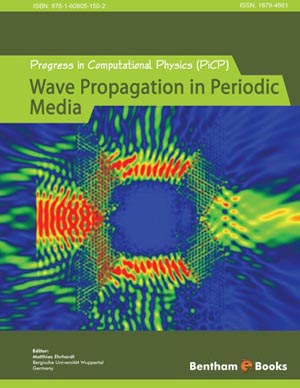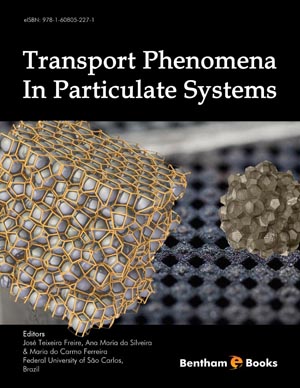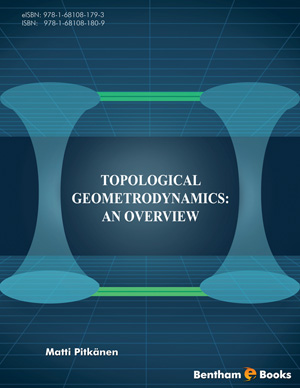Abstract
An attempt has been made in this work to study the scattering of laser light by the gravity-like impulse produced in an impulse gravity generator (IGG) and also an experiment has been conducted in order to determine the propagation speed of the gravity impulse. The light attenuation was found to last between 34 and 48 ns and to increase with voltage, up to a maximum of 7% at 2000 kV. The propagation time of the pulse over a distance of 1211 m was measured recording the response of two identical piezoelectric sensors connected to two synchronized rubidium atomic clocks. The delay was 631 ns, corresponding to a propagation speed of 64c. The theoretical analysis of these results is not simple and requires a quantum picture. Different targets (ballistic pendulums, photons, piezoelectric sensors) appear to be affected by the IGG beam in different ways, possibly reacting to components of the beam which propagate with different velocities. Accordingly, the superluminal correlation between the two sensors does not necessarily imply superluminal information transmission. Using the microscopic model for the emission given in Chapter 5, we also have estimated the cross-sectional density of virtual gravitons in the beam and we have shown that their propagation velocity can not be fixed by the emission process. The predicted rate of graviton-photon scattering is consistent with the observed laser attenuation.
Keywords: Theories of gravitation, superconductors, high-Tc superconductors, type-II superconductors, superluminal quantum correlations, x-shaped waves, graviton-photon scattering, virtual gravitons, piezoelectric sensors, rubidium atomic clocks, gravity-like fields.


